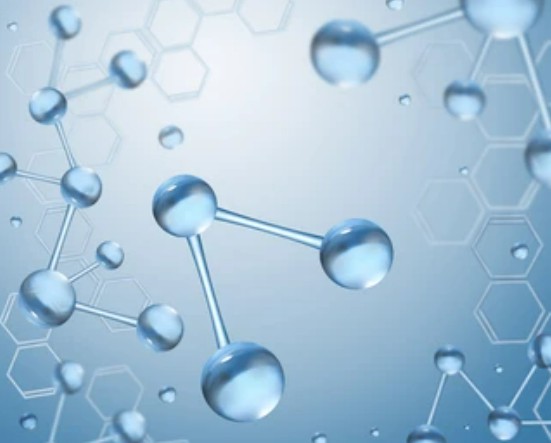Hydrogel for Nerve Injury Repair

Due to their unique physical and chemical characteristics, hydrogels are extensively utilized in the growth and specialization of neurogenic cells for nerve repair. Matexcel has acquired expertise in employing hydrogel techniques and platforms for nerve injury repair. In the following section, we will provide a concise overview of the utilization of hydrogels in nerve injury repair.
Introduction to Nerve Injury Repair
Nerve injury refers to the damage or impairment of nerve tissues in the nervous system, which can occur either in the central or peripheral nervous system. The consequences of neurotrauma, ischemia, hemorrhage, or neurodegenerative disease are often devastating and irreversible. Therefore, the repair of nerve injuries has attracted significant attention with restoring neural circuits through the stimulation of nerve cell regeneration in affected regions.
Utilization of Hydrogel for Nerve Injury Repair
The pliable characteristics of nerve tissue necessitate the utilization of a comparably malleable substance to effectively imitate the surrounding microenvironment and encourage the growth and differentiation of nerve cells. As a result, hydrogels emerge as a promising contender for neural tissue engineering due to their capacity to create a three-dimensional (3D) interconnected network of water-absorbing organic polymers. This distinctive attribute allows hydrogels to exhibit a supple and flexible structure while minimizing irritation toward neighboring tissues in vivo.
 Fig. 1 Application of hydrogels with different therapeutic strategies in nerve injury repair. (Liu Y, et al., 2023)
Fig. 1 Application of hydrogels with different therapeutic strategies in nerve injury repair. (Liu Y, et al., 2023)
- Conductive Hydrogels (CHs)
CHs, which possess the typical characteristics of traditional biomedical hydrogels such as a porous structure in three dimensions, high water content, and excellent biocompatibility, can be effectively combined with conductive polymers and carbon materials that exhibit strong mechanical properties, exceptional electrochemical performance, and the ability to respond to multiple stimuli. Numerous studies have indicated the advantageous role of electric fields in promoting paracrine activities associated with cellular organization, proliferation, migration, differentiation as well as structural and functional restoration after peripheral nerve injury (PNI).
 Fig. 2 ChT-PEDOT-p hydrogel is used to repair sciatic nerve defects in rats. (Liu Y, et al., 2023)
Fig. 2 ChT-PEDOT-p hydrogel is used to repair sciatic nerve defects in rats. (Liu Y, et al., 2023)
- Stem Cell-loaded Hydrogels
Stem cell transplantation is a commonly utilized technique in the field of neural tissue engineering (NTE), primarily employed to introduce specific stem cells that promote the regeneration of damaged nerves by providing essential nutrients and secreting nerve cells during the process of nerve repair. The hydrogel imitates the three-dimensional extracellular matrix, creating an environment conducive for stem cells to perceive their surroundings and make decisions regarding stretching, proliferation, or temporary residence.
 Fig. 3 Schematic diagram of a 3D hydrogel conduit for peripheral nerve injury. (Liu Y, et al., 2023)
Fig. 3 Schematic diagram of a 3D hydrogel conduit for peripheral nerve injury. (Liu Y, et al., 2023)
- Growth Factors-loaded Hydrogels
The regulation of nerve cell proliferation and survival heavily relies on the controlled release of neurotrophic factors. However, challenges arise when directly delivering these factors due to their susceptibility to chemical alterations, limited lifespan, and tendency to deactivate. Hydrogels, with their ability to control the concentration, duration, and release rate of loaded neurotrophins based on synthetic polymer degradation rate, porosity, and other physical properties used in their formulation, offer an effective solution.
 Fig. 1 VEGF@GelMA hydrogel promoting nerve regeneration after crush injury. (Liu Y, et al., 2023)
Fig. 1 VEGF@GelMA hydrogel promoting nerve regeneration after crush injury. (Liu Y, et al., 2023)
The Hydrogel Development Services We Provide
With professional equipment and experienced specialists, Matexcel provides high-quality chemical/biochemical stimuli-responsive hydrogel development services, electro-responsive hydrogel development services, hydrogel analysis and characterization services, and hydrogel formulation development services. Please contact us for more information.
Reference
- Liu Y.; et al. Engineered hydrogels for peripheral nerve repair. Mater Today Bio. 2023;20:100668.